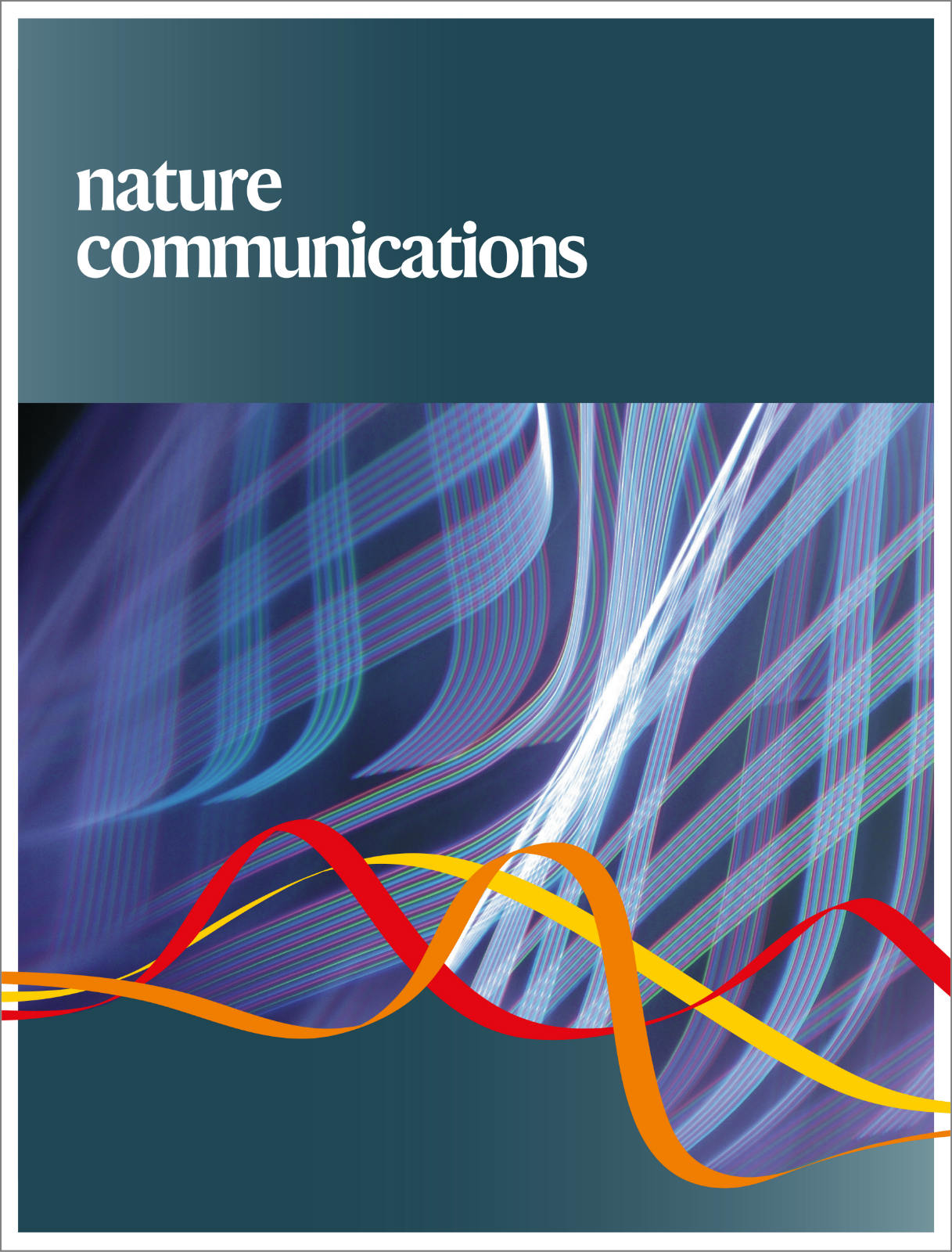单细胞和空间选择性剪接分析与纳米孔长读测序。
IF 15.7
1区 综合性期刊
Q1 MULTIDISCIPLINARY SCIENCES
引用次数: 0
摘要
长读测序促进了选择性剪接分析,但在单细胞和空间设置中面临技术和计算障碍。高纳米孔错误率损害细胞条形码和UMI恢复,而读取截断和错位破坏同种异构体定量。下游,缺乏一个统计框架来评估细胞内和细胞之间或空间点的剪接变化。我们介绍了Longcell,这是一个统计和计算管道,用于从单细胞和空间条形码纳米孔长读取进行异构体定量。Longcell有效地恢复细胞条形码和UMIs,纠正测序错误,并模拟细胞或点内和之间的剪接多样性。Longcell应用于多个数据集,可以准确识别空间异构体切换。Longcell还揭示了高表达基因在细胞内广泛存在的高异构体异质性。最后,在9个剪接因子的扰动实验中,Longcell确定了通过靶向测序验证的调控靶点。本文章由计算机程序翻译,如有差异,请以英文原文为准。
Single cell and spatial alternative splicing analysis with Nanopore long read sequencing.
Long-read sequencing boosts alternative splicing analysis but faces technical and computational barriers in single-cell and spatial settings. High Nanopore error rates compromise cell barcode and UMI recovery, while read truncation and misalignment undermine isoform quantification. Downstream, a statistical framework to assess splicing variation within and between cells or spatial spots is lacking. We introduce Longcell, a statistical and computational pipeline for isoform quantification from single-cell and spatially barcoded Nanopore long reads. Longcell efficiently recovers cell barcodes and UMIs, corrects sequencing errors, and models splicing diversity within and between cells or spots. Applied across multiple datasets, Longcell allows accurate identification of spatial isoform switching. Longcell also reveals widespread high intra-cell isoform heterogeneity for highly expressed genes. Finally, on a perturbation experiment for 9 splicing factors, Longcell identifies regulatory targets that are validated by targeted sequencing.
求助全文
通过发布文献求助,成功后即可免费获取论文全文。
去求助
来源期刊

Nature Communications
Biological Science Disciplines-
CiteScore
24.90
自引率
2.40%
发文量
6928
审稿时长
3.7 months
期刊介绍:
Nature Communications, an open-access journal, publishes high-quality research spanning all areas of the natural sciences. Papers featured in the journal showcase significant advances relevant to specialists in each respective field. With a 2-year impact factor of 16.6 (2022) and a median time of 8 days from submission to the first editorial decision, Nature Communications is committed to rapid dissemination of research findings. As a multidisciplinary journal, it welcomes contributions from biological, health, physical, chemical, Earth, social, mathematical, applied, and engineering sciences, aiming to highlight important breakthroughs within each domain.
 求助内容:
求助内容: 应助结果提醒方式:
应助结果提醒方式:


